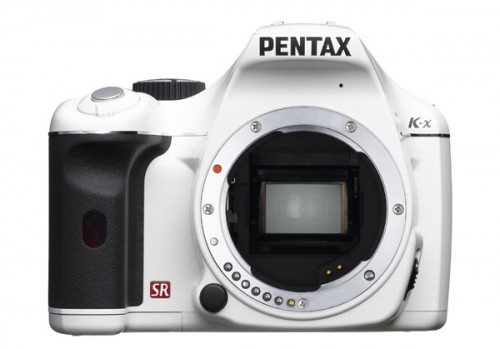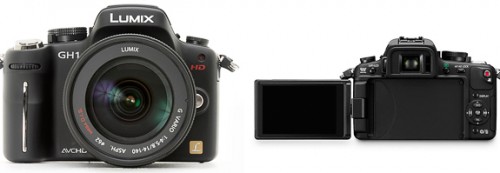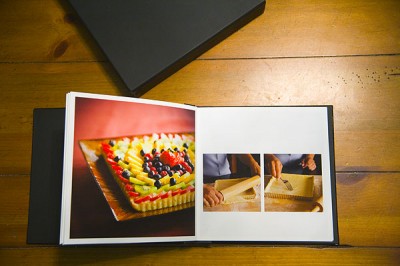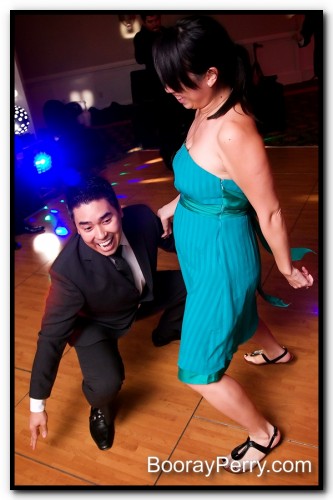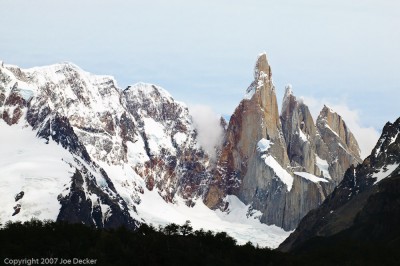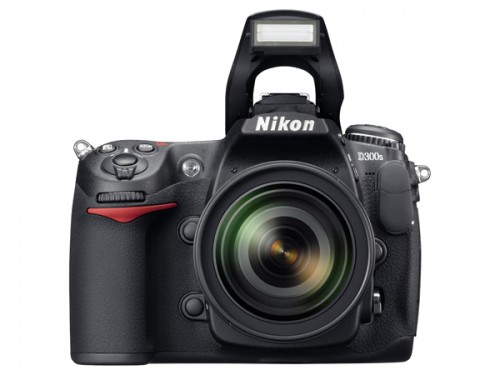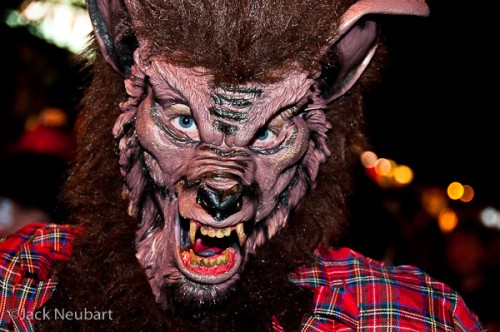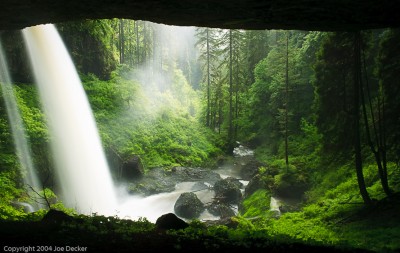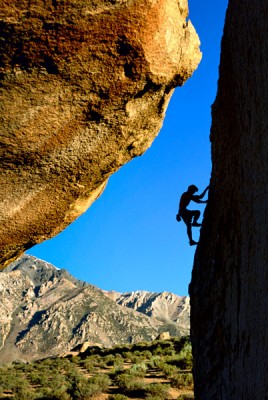Pentax K-x Digital SLR Review: Field Test Report
Jack Neubart gets a taste of a sweet compact 12.4 MP CMOS APS-C DSLR with a suite of features.
I approach each new camera with a degree of skepticism. Unlike many out there, I’m not as easily swayed by all the media hype and promotional gobbledygook. I’m from Brooklyn and we need to see that something actually works. So when the Pentax K-x arrived, I looked at it, pleased that they sent me the “white” version, only because it reminded me of the Imperial Storm Troopers from Star Wars (would have been a great fit). I unpacked everything, mated the lens to the K-x body, installed the lithium batteries that came in the box, then added my own SDHC card-none included (also takes standard SD-but why hamper the machine out of the gate!). And I started to play with it.
Hmm, not bad, I thought. But let’s see how it performs in the real world. So, intrepid explorer that I am, I ventured outside. It may not be a tropical rain forest, but it is an urban jungle out there rife with photographic opportunities. (more…)
